

| Firma : Uniworld |
| Statek : S.S. Joie de Vivre |
| Data rozpoczęcia : niedz. 31 sie 2025 |
| Data zakończenia : niedz. 07 wrz 2025 |
| Liczba nocy : 7 nocy |
| Dzień | Data | Port |
|---|---|---|
| 1 | 31.08 niedz. | Paryż / Francja |
| 2 | 1.09 pon. | Vernon / Francja |
| 3 | 2.09 wt. | Rouen / Francja |
| 4 | 3.09 śr. | Caudebec-en-Caux / Francja |
| 5 | 4.09 czw. | Rouen / Francja |
| 6 | 5.09 pt. | Wersal / Francja |
| 7 | 6.09 sob. | Paryż / Francja |
| 8 | 7.09 niedz. | Paryż / Francja |
DINING
All meals onboard, prepared using the finest and freshest ingredients
Captain’s Welcome and Farewell Receptions
Welcome and Farewell Gala Dinners
Unlimited beverages onboard, including fine wine, beer, spirits, specialty coffee and tea, soft drinks, and mineral water
EXCURSIONS
all fully hosted by English-speaking local experts
Guided “Let's Go” and “Village Day” programs
State-of-the-art Quietvox portable audio-headset system on all excursions
Use of bicycles and Nordic walking sticks
ACCOMMODATIONS
Lavishly appointed riverview staterooms and suites have handcrafted Savoir® Beds of England, high thread count 100% Egyptian cotton sheets and European duvets, and a menu of pillow options
Free Wi-Fi
EXPERIENCES
Services of an experienced Uniworld Cruise Manager
Cultural enrichment, including captivating onboard local entertainment
Gratuities for onboard personnel (ship staff, crew, Cruise/Tour Manager) are included during the cruise/tour
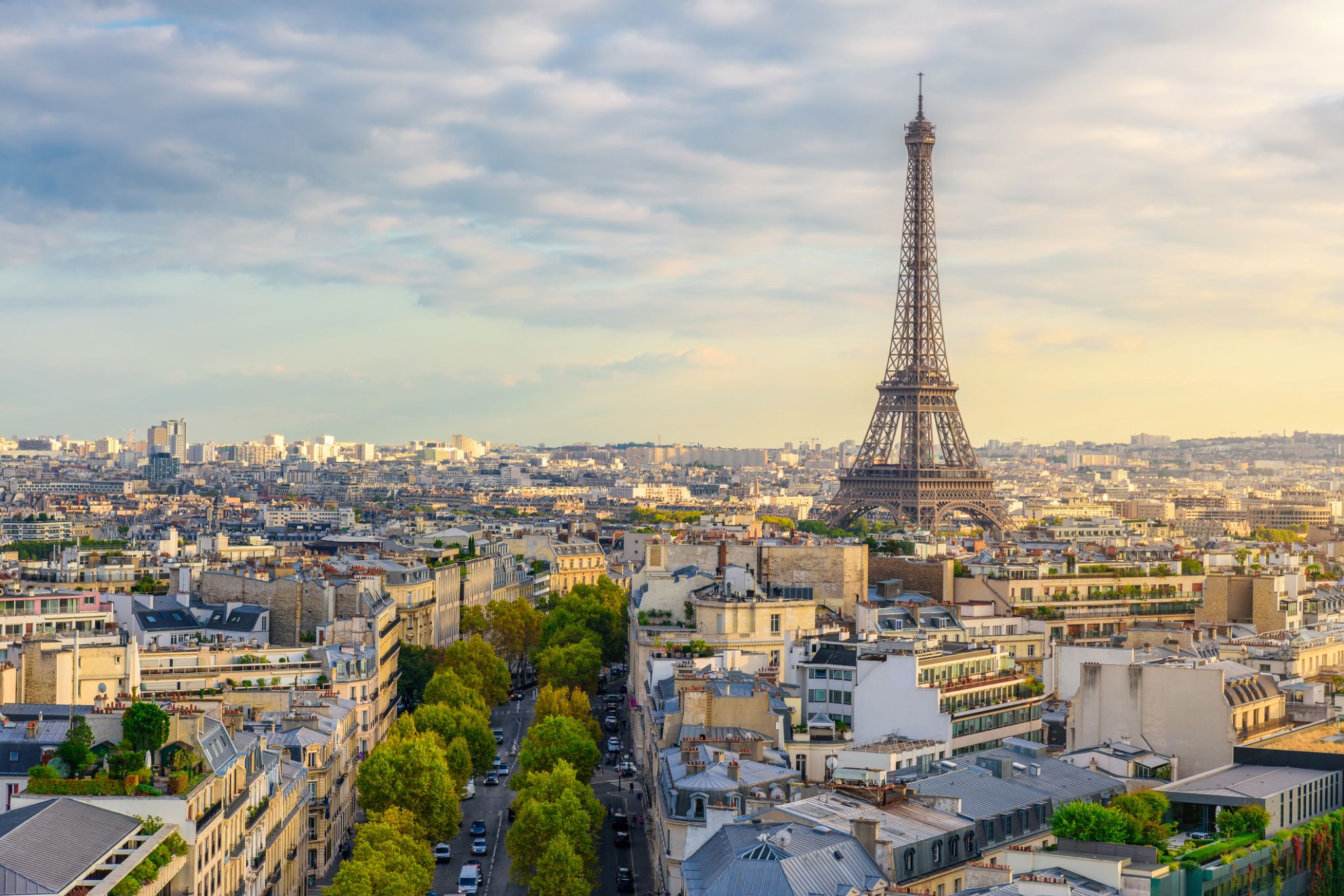
the capital of France, on the Seine River; population 2,203,817 (2006). Paris was held by the Romans, who called it Lutetia, and by the Franks, and was established as the capital in 987 under Hugh Capet. It was organized into three parts—the Île de la Cité (an island in the Seine), the Right Bank, and the Left Bank—during the reign of Philippe-Auguste 1180–1223. The city's neoclassical architecture dates from the modernization of the Napoleonic era, which continued under Napoleon III, when the bridges and boulevards of the modern city were built.
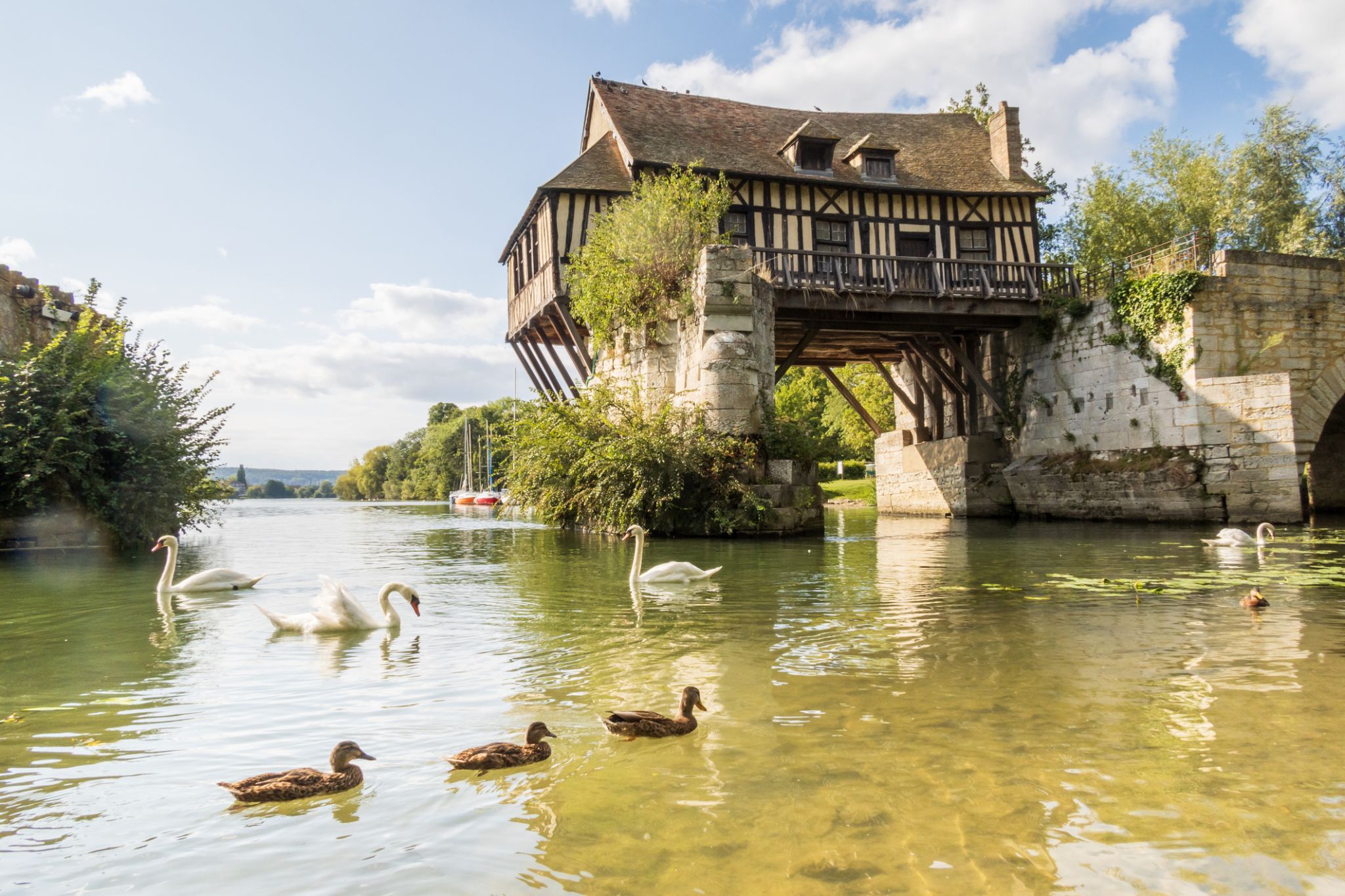
Vernon to niewielkie francuskie miasto liczące 25 tysięcy mieszkańców, położone w departamencie Eure, który wchodzi w skład regionu Górna Normandia.
Vernon jest starożytnym miastem. Przez całe swoje istnienie odgrywało strategiczne role i było świadkiem licznych bitew. W czasie II wojny światowej Vernon zostało doszczętnie zniszczone, ale odbudowano je dosłownie z ruin. Najbardziej znanym zabytkiem Vernon jest Stary Młyn. Jest to drewniano-ceglana konstrukcja, która opiera się na dwóch filarach starego zniszczonego mostu na Sekwanie. Most został zbudowany w XII wieku, a młyn pochodzi z około XVI wieku.
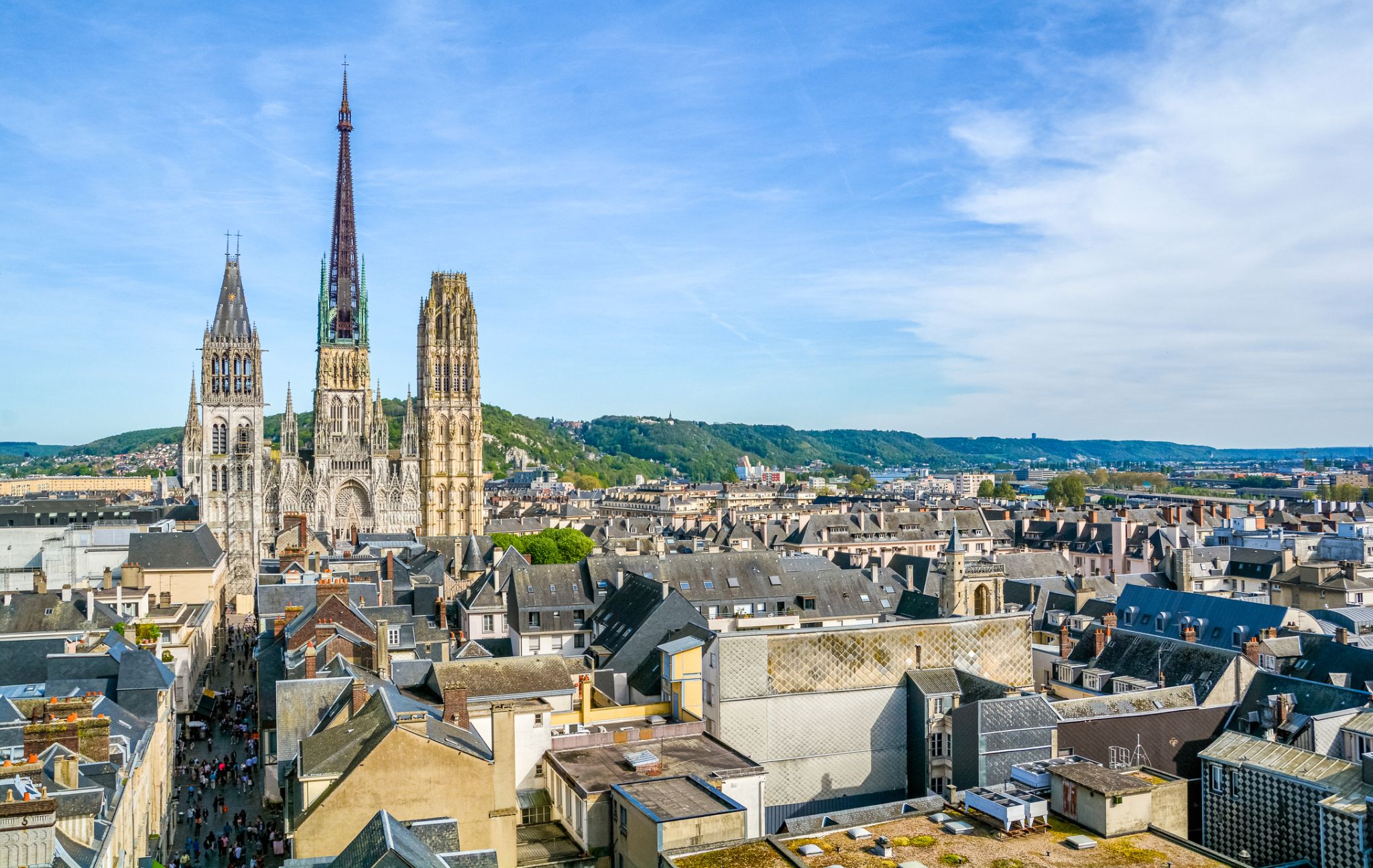
Rouen jest miastem nad Sekwaną w północnej Francji. Jest stolicą regionu Normandia. Niegdyś jedno z największych i najbogatszych miast średniowiecznej Europy, Rouen było siedzibą Skarbu Normandii w średniowieczu. Było jedną ze stolic dynastii anglonormańskich, które rządziły Anglią i znacznymi częściami współczesnej Francji od XI do XV wieku.
Populacja obszaru metropolitalnego (po francusku: agglomération) według spisu z 2011 roku wynosiła 655 013, a szacunkowa populacja samego miasta to 111 557. Mieszkańcy Rouen są znani jako Rouennais.
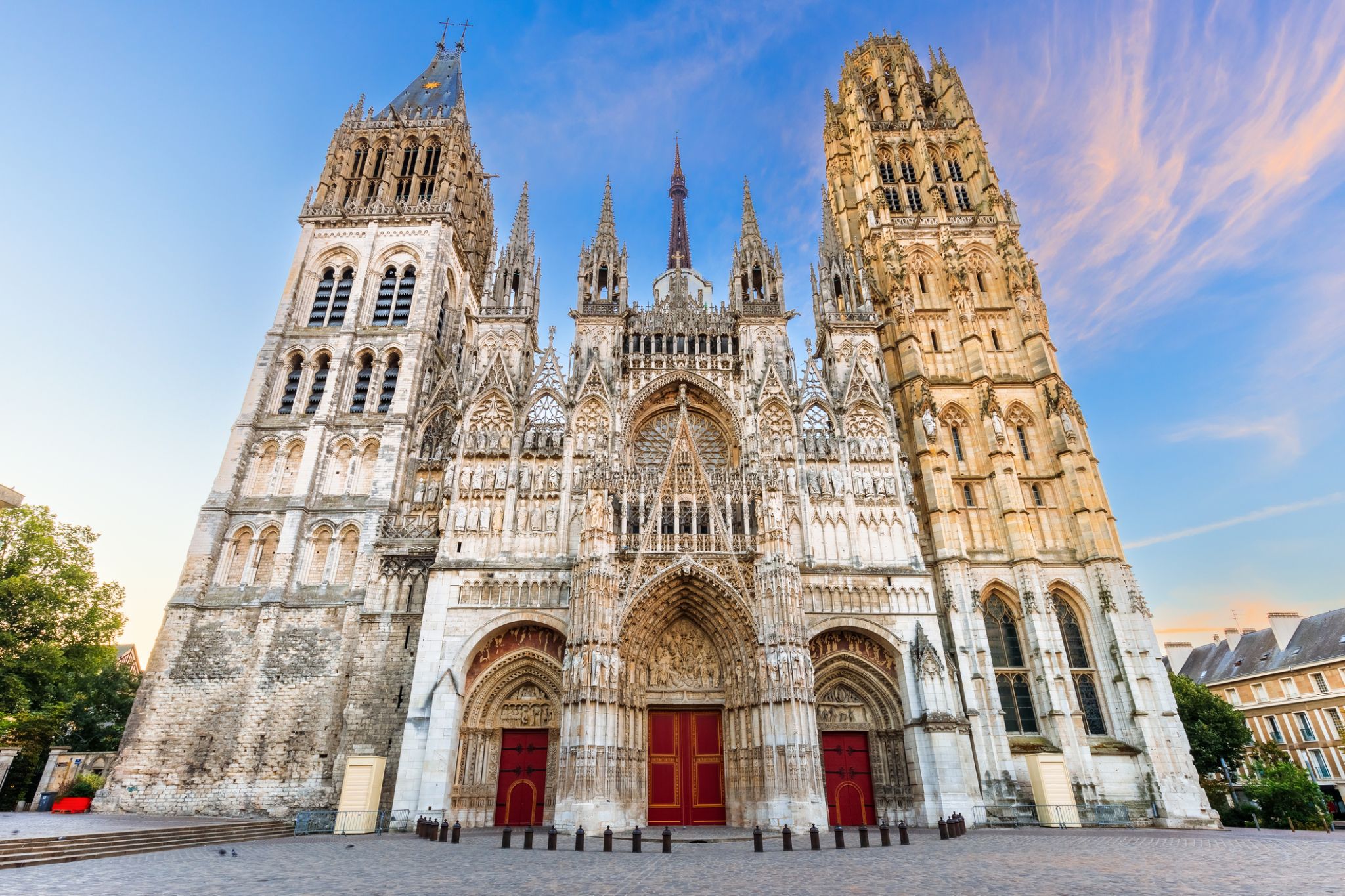

Rouen jest miastem nad Sekwaną w północnej Francji. Jest stolicą regionu Normandia. Niegdyś jedno z największych i najbogatszych miast średniowiecznej Europy, Rouen było siedzibą Skarbu Normandii w średniowieczu. Było jedną ze stolic dynastii anglonormańskich, które rządziły Anglią i znacznymi częściami współczesnej Francji od XI do XV wieku.
Populacja obszaru metropolitalnego (po francusku: agglomération) według spisu z 2011 roku wynosiła 655 013, a szacunkowa populacja samego miasta to 111 557. Mieszkańcy Rouen są znani jako Rouennais.
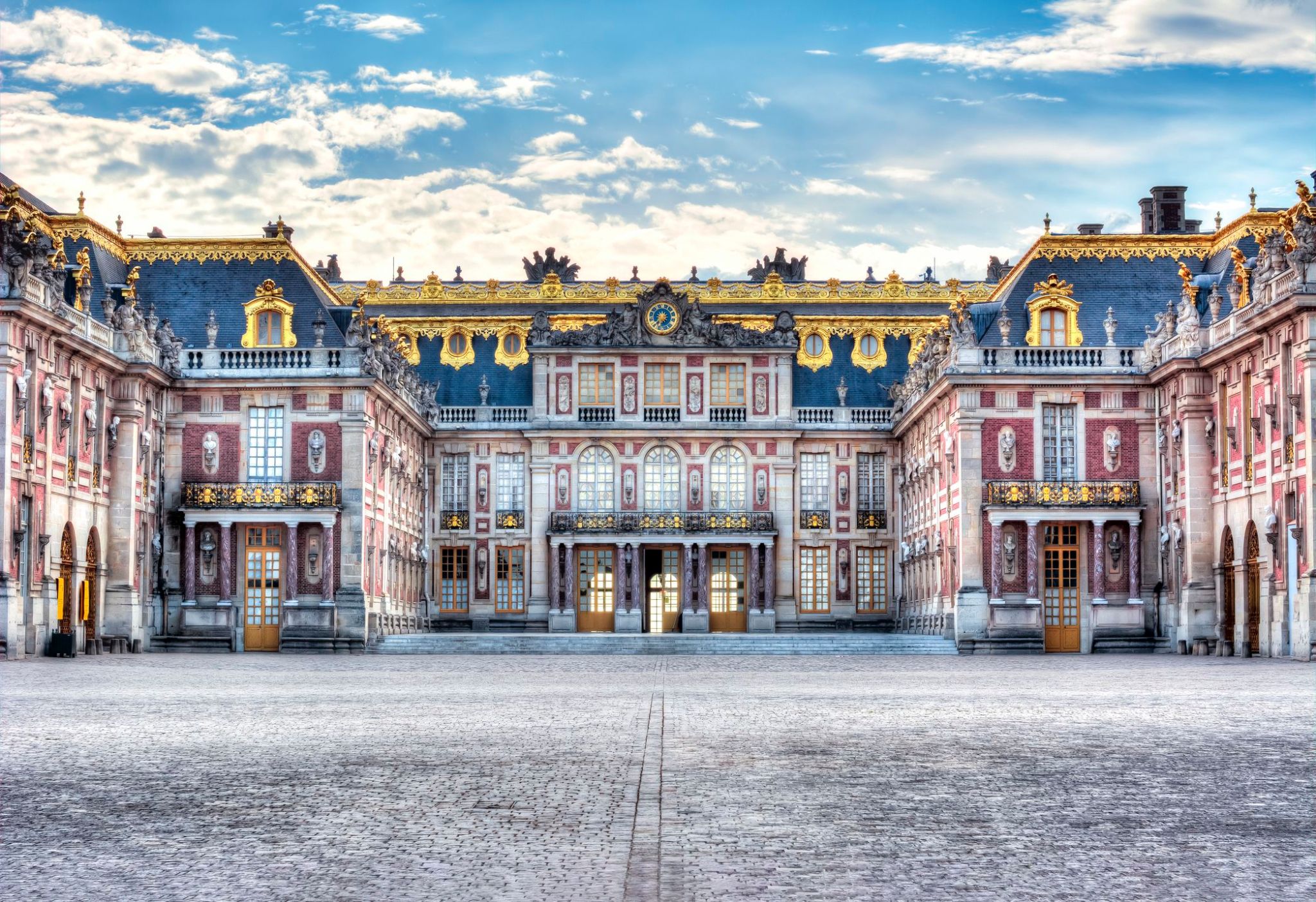
Luksusowe aleje, geometrycznie zaprojektowane ogrody i blask luster – tutaj historia Francji ożywa w całym swoim królewskim majestacie. Kompleks pałacowy i jego okolice zachwycają harmonią architektury i krajobrazu, tworząc atmosferę, w której każdy krok przypomina o dawnej potędze monarchii.
Niegdyś miejsce podpisywania dyplomatycznych porozumień i podejmowania decyzji o losach Europy, a także błyszczących balów za panowania Ludwika XIV. Dziś inspiruje tysiące podróżników, którzy przyjeżdżają nie tylko, by zobaczyć słynną Salę Lustrzaną, lecz także spacerować po majestatycznych ogrodach, pływać łódką po kanale lub odkrywać ukryte zakątki parku z dala od zgiełku turystów.

the capital of France, on the Seine River; population 2,203,817 (2006). Paris was held by the Romans, who called it Lutetia, and by the Franks, and was established as the capital in 987 under Hugh Capet. It was organized into three parts—the Île de la Cité (an island in the Seine), the Right Bank, and the Left Bank—during the reign of Philippe-Auguste 1180–1223. The city's neoclassical architecture dates from the modernization of the Napoleonic era, which continued under Napoleon III, when the bridges and boulevards of the modern city were built.

the capital of France, on the Seine River; population 2,203,817 (2006). Paris was held by the Romans, who called it Lutetia, and by the Franks, and was established as the capital in 987 under Hugh Capet. It was organized into three parts—the Île de la Cité (an island in the Seine), the Right Bank, and the Left Bank—during the reign of Philippe-Auguste 1180–1223. The city's neoclassical architecture dates from the modernization of the Napoleonic era, which continued under Napoleon III, when the bridges and boulevards of the modern city were built.